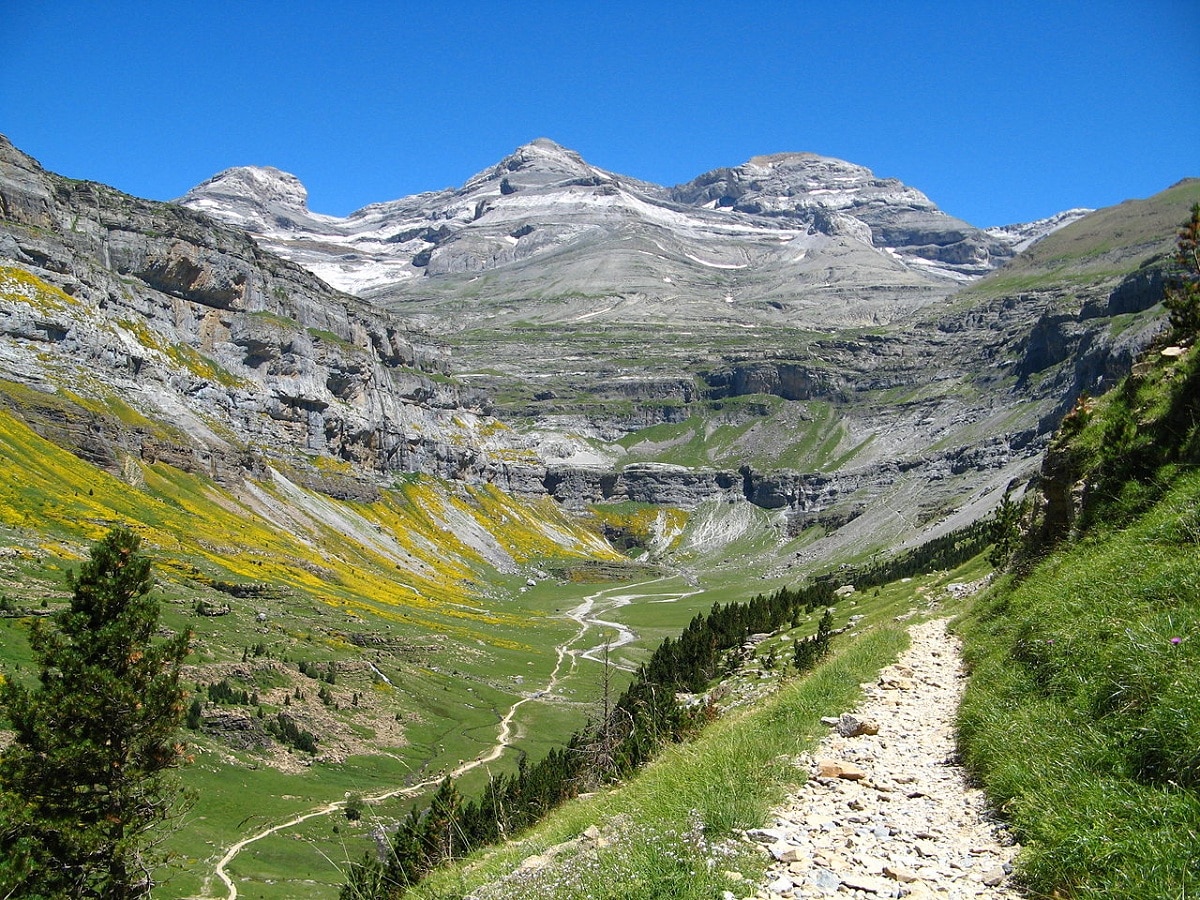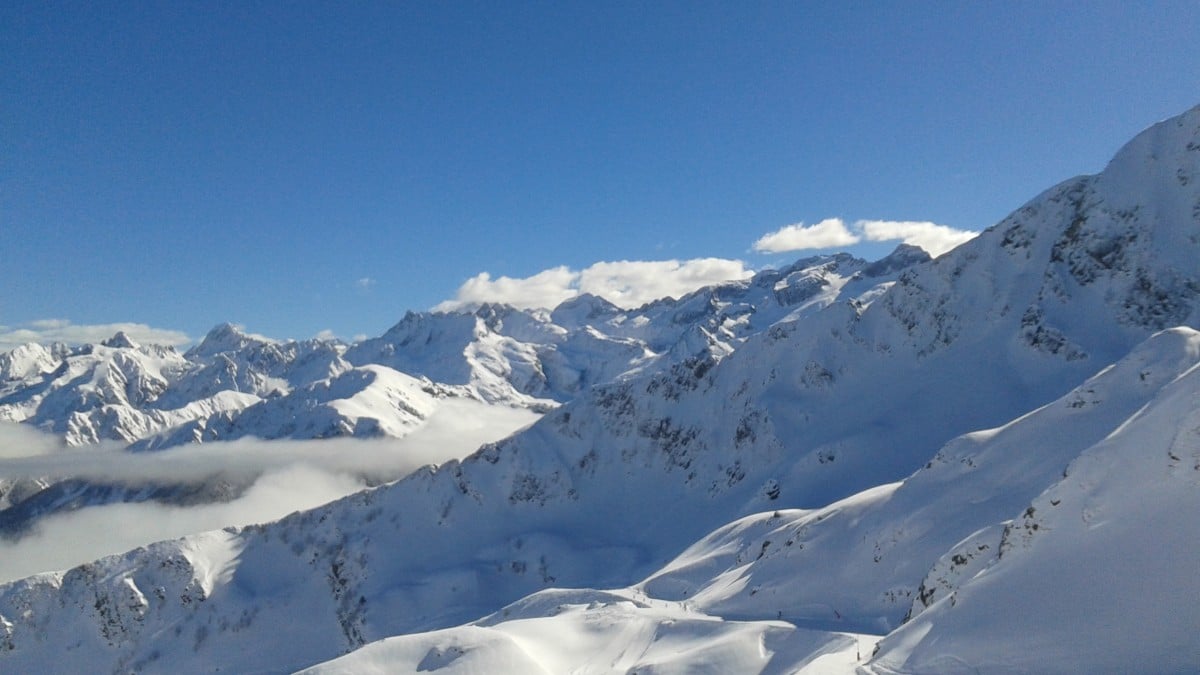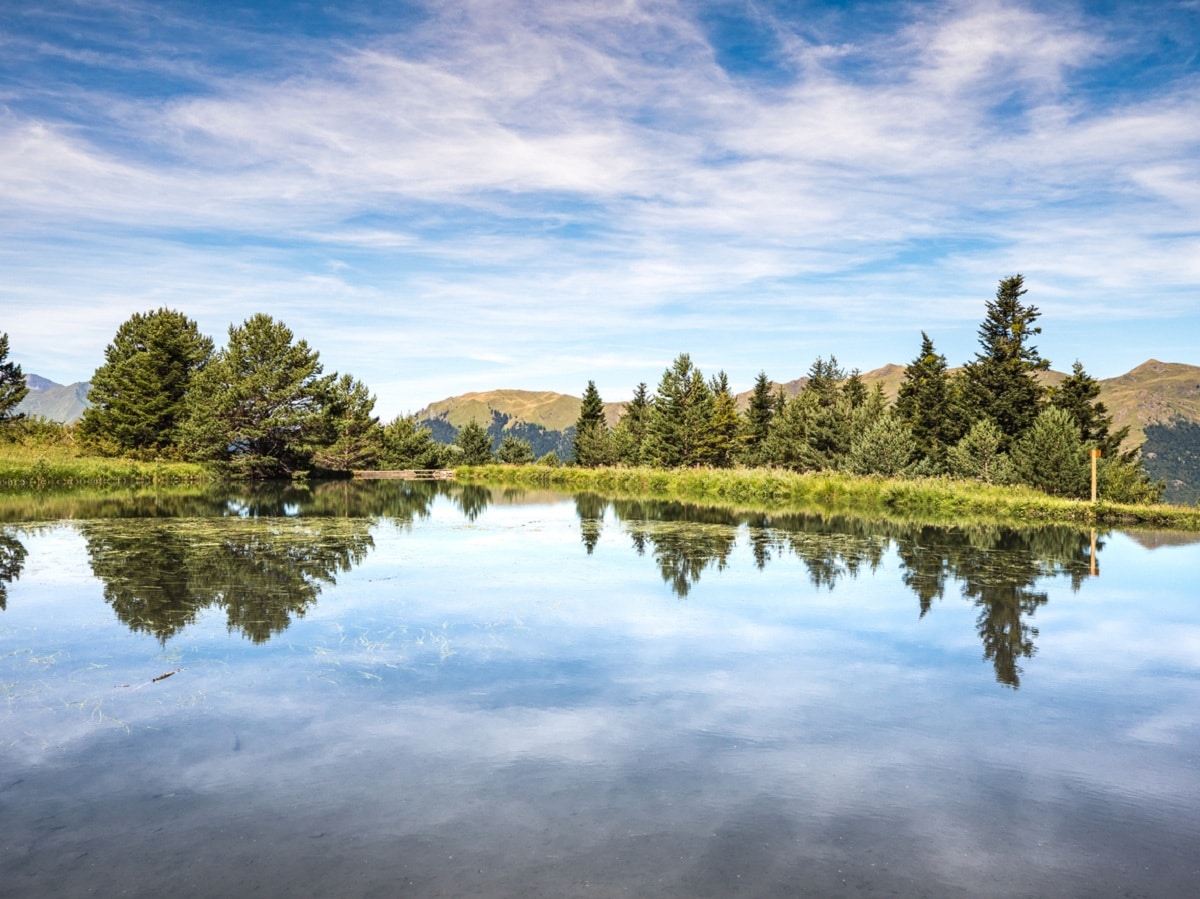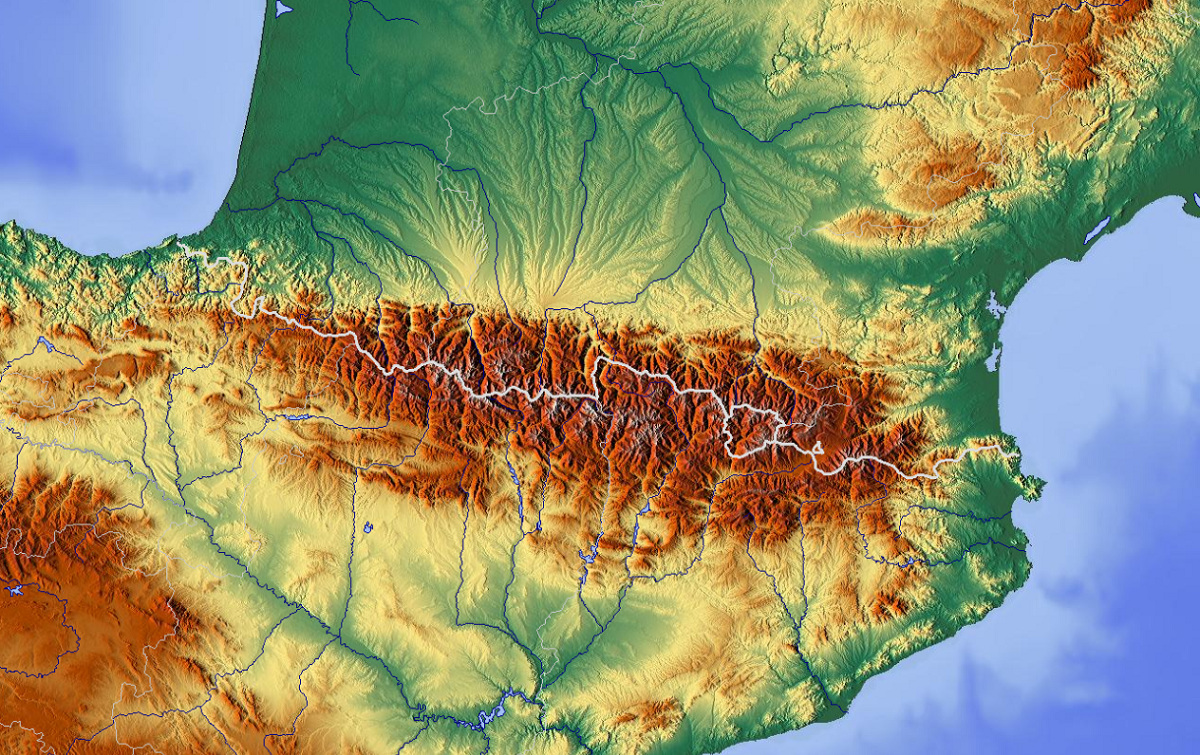
Today we are going to talk about the climate of the Pyrenees. It is a mountain area where the climate is mountain. That is, it has main characteristics such as lower temperatures in general and a greater amount of precipitation. Although the mountain climate has these characteristics in almost any area, we are going to get a little more into the Pyrenees climate since there are some peculiarities and characteristics of their own.
In this article we are going to tell you all the characteristics and curiosities of the Pyrenees climate.
Key features

One of the factors that must be taken into account when describing this type of climate with respect to another mountain climate is its location. Since the Pyrenees are a natural border and a climatic border between the Atlantic Ocean and Mediterranean Sea, has unique characteristics. We must bear in mind that the Atlantic climate is unique, but so is the Mediterranean climate since it is quite particular. The Pyrenees climate is variant according to the position. In the northwest part it is a climate more similar to that of the Atlantic, while in the southeast it is a more Mediterranean climate.
In a practical way, we translate this into the variation of the climate in which there is a decrease in rainfall when we are further southeast. That is, the Catalan Pyrenees and the pre-Pyrenean valleys is the driest region found in the entire Pyrenees climate. However, we must bear in mind that there are some regions such as Canigó and Olot that are prone to having a greater amount of rainfall caused by the relevant fresh wind.
On the contrary, there are the other Pyrenean areas closest to the Basque Country. Here we have the entire western area of Aragon and Navarra, which are closest to the Atlantic Ocean and the Gulf of Gascony. This produces more rainfall consistently and a cooler environment as there is more moisture. This temperature is kept somewhat lower and the humidity remains high all year round, even in summer. Due to the altitude of the mountains, these phenomena are located only on the northern slopes of the mountains. On the other hand, only remnants of disturbances that also come from the Atlantic Ocean arrive on the southern slope. We have disturbance ridges that are already weakened due to their journey throughout the peninsula.
When these disturbances reach the Pyrenees, many of them are reactivated and again generate abundant rainfall. For example, if we count the area of the Aragonese Pyrenees, we see that the rains diminish as we move south. This is how in the valleys of Ansó we find a greater amount of rainfall.
Climate Pyrenees, a unique climate
In the Cerdanya valley we find a very particular climate. And it is the valley with the most hours of sunshine in all of Europe. We talk about more than 300 hours of sunshine a year, where we know that mostly good weather predominates. Although it is a mountain area, it has a very pleasant time. It is a particular climate that allows various plantations to develop in these areas, when in other areas at the same altitude they are unthinkable. That is, it is capable of developing vegetation even if we are at an altitude where it could not be in any other mountain area.
Although the hours of sunshine predominate, we also have a summer where there are some adverse weather conditions. It is easier that in summer it can have storms with thunder and lightning. A rather curious fact about the Cerdanya valley is that in winter there are seasons in which the lower part of the valley is colder than in the high mountains. Is about a shift from colder conditions to lower ground due to altitude and the convergence between air currents.
Pyrenees climate: wet winters and dry summers
In the Pyrenees climate, two main characteristics stand out: wet winters and dry summers. Despite the fact that the entry of humid air from the north to the south is quite wide, this phenomenon is more localized during the winter season than in summer. We know that in summer the direction of the wind reverses from the south to the north, which is why anticyclones that come from the Mediterranean predominate. These anticyclones increase the temperature and make the climate drier. Good weather also predominates and the Pyrenees mountains accumulate many more hours of sun without clouds.
The fact that in summer there are not so many clouds causes that the rate of solar radiation is quite high. This also conditions the development of various species of flora and vegetation that they need lots of hours of sunshine a day.
Similar to the rains, the temperature also improves as we move south. In this sense, we can say that for the people who live in the south of the Pyrenees mountains are a perfect shield to protect themselves against adverse conditions and bad weather. These adverse conditions come from the north either directly from the Atlantic Ocean or from northern Europe.
There are also some differences in the Pyrenees climate when we move to each slope according to its orientation. Those slopes facing north they tend to have lower temperatures and greater amounts of precipitation, both rain and snow. On the other hand, if we analyze the southern slope, we see that the temperatures are notably warmer and the amount of rainfall decreases. This means that all the slopes facing south are usually more populated by Pyrenean fauna and vegetation.
The conditions of temperature, humidity, wind regime, solar irradiation, establish unique characteristics for this type of climate that lies between the Mediterranean Sea and the Atlantic Ocean. For this reason, it is a unique area not only because of the climate, but also because of the existence of endemic flora and fauna.
I hope that with this information you can learn more about the Pyrenees climate and its characteristics.

